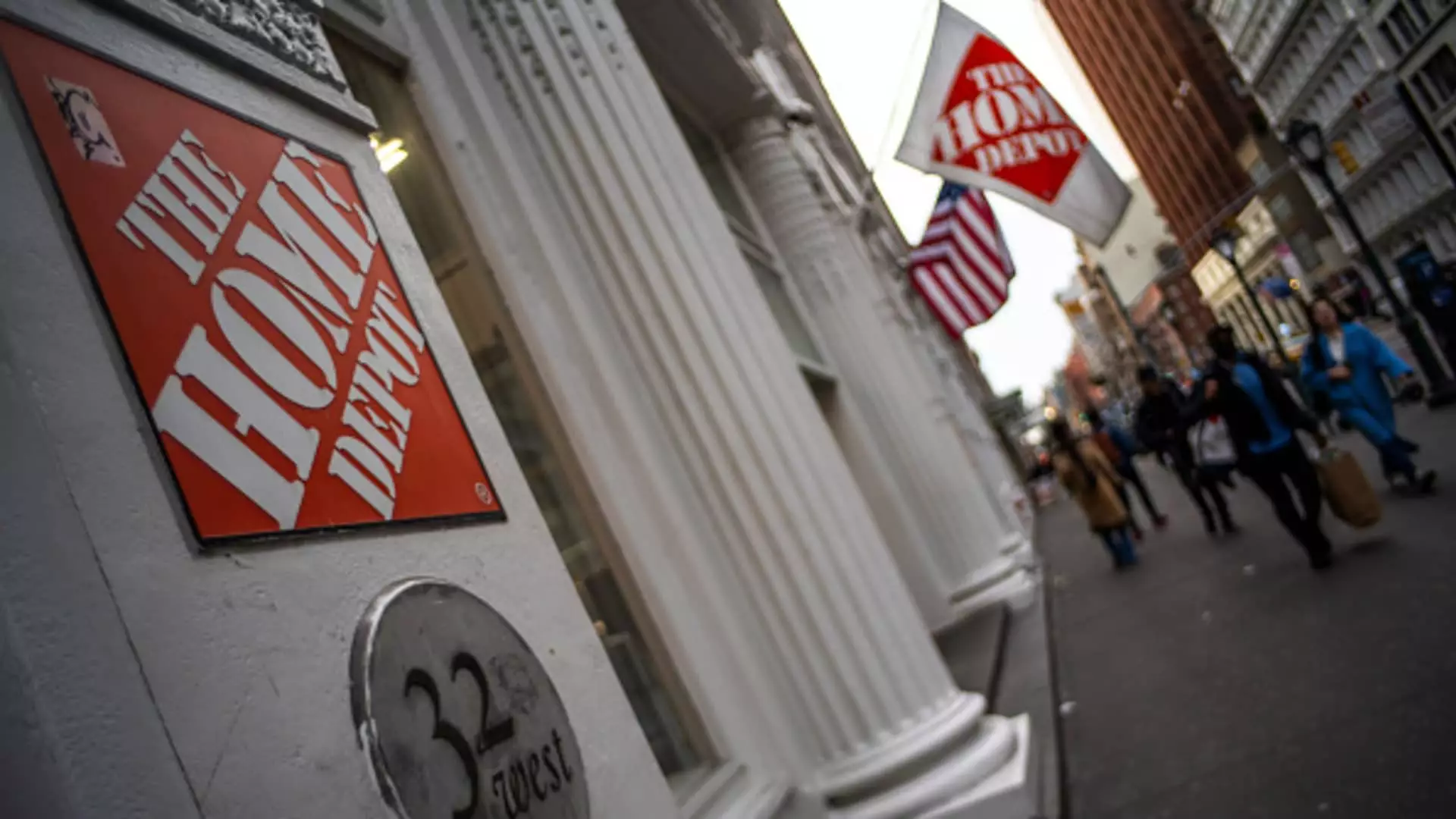In a climate where economic fluctuations have become the norm, finding stability can often feel like hunting for a needle in a haystack. Recent data from Morgan Stanley, which surveyed 94 general contractors and 37 specialty painters, offers a refreshing perspective on the construction and remodeling sector. It appears that contractors display an upbeat outlook for the near future, a sentiment that ultimately reflects positively on major players in the market such as Home Depot. This optimism is bolstered by a notable number of contractors reporting a robust backlog of projects, indicating that demand, especially for larger projects, is on the rise.
The findings suggest that while many are nervous about the unpredictability in housing markets, a significant majority believe business conditions will improve in the latter half of 2025. This paints a promising picture in a sector often overshadowed by fears of recession and inflation. The resilience of the contractor community might not only benefit their own livelihoods but could also stimulate a wider economic uplift, solidifying Home Depot’s position as a key player.
Tariff Turbulence: A Damning Concern
However, as encouraging as this information may seem, it comes replete with caveats. Contractors have openly voiced apprehensions about material pricing, a ticking time bomb due to ongoing inflation and tariff uncertainties. Although tariffs were cited as the third-greatest business concern, the survey was conducted before the most recent tariff announcements. This implies that current levels of anxiety regarding tariffs could be even higher, thus intensifying existing concerns over cost control and supply chain disruptions.
Home Depot’s handling of these challenges is noteworthy. After President Trump’s announcement regarding “reciprocal tariffs,” Home Depot remained assertive about its ability to navigate the storm. Still, such confidence must be scrutinized; can a giant like Home Depot maintain its foothold when smaller contractors falter under pressure from inflated prices and increasing labor costs? The stakes are high, and the collective anxiety among contractors is far too palpable to ignore.
Home Improvement: An Inexorable Need
Home Depot CEO Ted Decker’s remarks during a March interview with Jim Cramer resonate strongly in a market that faces an aging housing stock. With over half of the existing U.S. homes being over 40 years old and in dire need of renovations, it’s evident that Home Depot stands at a crossroads. Decker aptly recognizes that while home values may be increasing, the need for upkeep and improvements remains pressing. This sentiment places Home Depot in an enviable position as a resource for homeowners looking to enhance their living spaces.
Contrary to fears that economic uncertainty might lead clients toward smaller projects, the survey indicates that larger projects are gaining traction. This counterintuitive trend could unleash a torrent of sales opportunities for Home Depot. The company’s prowess in serving professional contractors—validated by its substantial $18.25 billion acquisition of SRS Distribution—suggests an understanding of the evolving landscape of home improvement. This is critical, as professional sales outperformed the do-it-yourself segment in Q4 of 2024, underscoring a strategic pivot towards services that cater to seasoned professionals.
A Possible Economic Upsurge
Interestingly, Jim Cramer points to historically low mortgage rates as a potential catalyst for renewed housing activity. Below the 6.5% threshold, these rates could serve as a beacon for industry resurgence. If this scenario plays out, Home Depot could see its sales figures reflect this economic revival. The company’s strategic moves signal an understanding of these dynamics while aligning itself closely with the needs of its customer base.
Investors must approach these reports with caution yet optimism. Despite facing undeniable challenges, Home Depot’s adaptability and strategic foresight are commendable. Partnering with contractors and focusing on professional sales are just a couple of facets of their comprehensive strategy designed to thrive in the face of adversity. One must wonder if Home Depot will continue to outpace its competition as it navigates this complex landscape.
Investor Sentiment: A Double-Edged Sword
While Jim Cramer encourages investors to “stay long on Home Depot,” the reality is that sentiment alone will not guarantee profitability. As much as the public faces mounting pressures from tariffs and inflation, these economic currents will ultimately play a pivotal role in determining Home Depot’s long-term trajectory. Investors must tread carefully, familiarizing themselves with both the optimism and uncertainty that exists within this market.
In such a stormy financial sea, Home Depot’s ability to remain an anchor for contractors and homeowners alike may indeed spell the difference between success and stagnation. The coming months will offer a critical test for Home Depot as it balances growth against the tides of economic unease, potentially redefining what it means to be a leader in an industry fraught with complexities.

